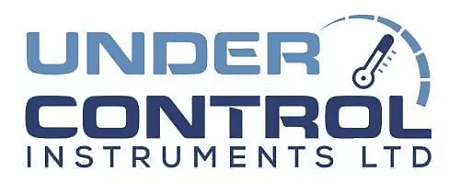Passer à la grille des produits
Charger les éléments précédents
-
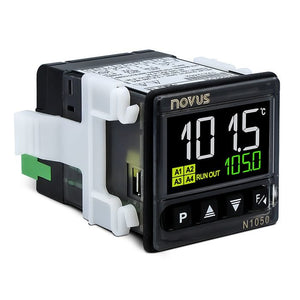

Novus N1050 Relay/SSR Output PID Temperature Controller
Prix habituel £87.60Prix habituel -

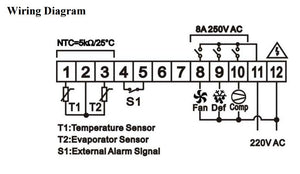
Digital Thermostat 6830 3 Outputs
Prix habituel £36.00Prix habituel -


Bakery PID ON-OFF Oven controller, 0-400 deg C
Prix habituel £33.60Prix habituel -
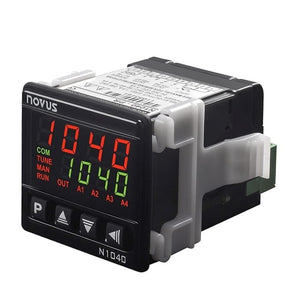
N1040 PID Temperature Controller USB
Prix habituel £62.40Prix habituel -


Bench Top Temperature Control Panel
Prix habituel £288.00Prix habituel -

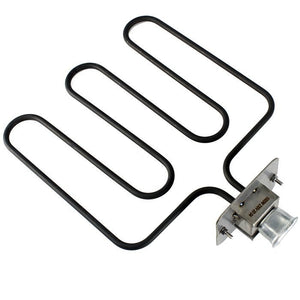
Chip Scuttle Heating Element
Prix habituel £56.16Prix habituel -


Thermocouple Compression Gland 316 S.ST 1/4"x 6mm BSPP
Prix habituel £6.60Prix habituel -

K Thermocouple Cable, Unscreened, PTFE Insulation, +260°C Max
Prix habituel £102.00Prix habituel -
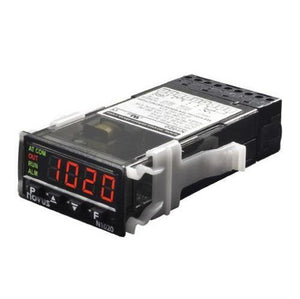
N1020 1/8 DIN PID Controller SSR/Relay Output
Prix habituel £74.40Prix habituel -

PT1000 TEMPERATURE SENSOR ZANOLLI SYNTHESIS PIZZA OVEN 10/75V
Prix habituel £33.60Prix habituel -

Bayonet Adapter for Bayonet Thermocouples Double Pin Metric
Prix habituel £2.40Prix habituel -

Bayonet Adapter for Bayonet Style Thermocouples Single Pin
Prix habituel £2.28Prix habituel -

Novus N322 Humidity/Temp 12-24vac/dc Electronic Thermostat
Prix habituel £64.80Prix habituel -

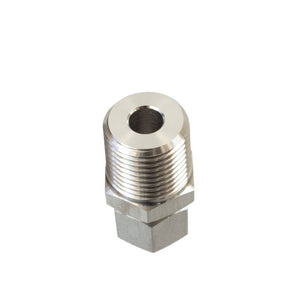
Compression Gland 316 S.ST 1/2"x 6mm BSPP
Prix habituel £6.60Prix habituel -

Thermocouple Sensors- J Probes 6mm Dia 50- 300mm lg
Prix habituel Du £15.02Prix habituel -

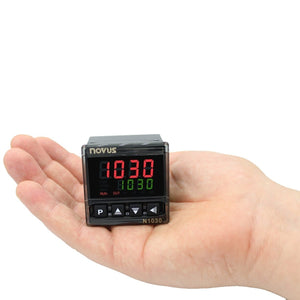
N1030 PID Controller SSR/Relay Output 24V
Prix habituel £51.60Prix habituel -
-£8.11

Novus N322 Electronic Thermostat J/K, SSR/Relay
Prix habituel £45.60Prix habituel£53.71-£8.11 Prix soldé £45.60 -
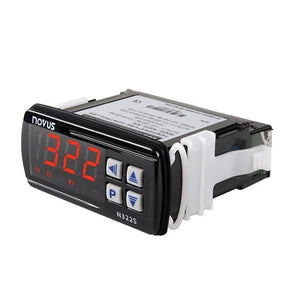
Novus N322 Electronic Thermostat J/K, 12/24V, SSR/Relay
Prix habituel £54.00Prix habituel -
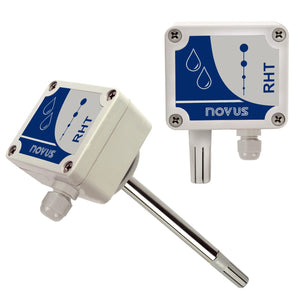
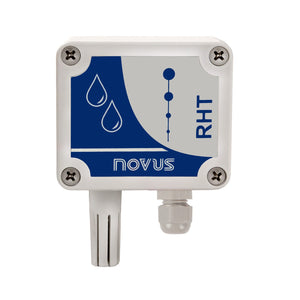
Humidity and Temperature Transmitters RHT-Wall or Duct Mount NOVUS
Prix habituel Du £138.00Prix habituel -
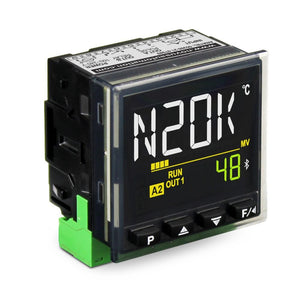
N20K48 Novus PID Process Controller 12-24v - Bluetooth, 1 relay, 1 pulse output
Prix habituel £96.00Prix habituel -

Thermocouple Bayonet fitting J Sensor 0-400C, 3m lead & Plug
Prix habituel £22.80Prix habituel -


Thermocouple Plug & Sockets (mini)
Prix habituel £8.11Prix habituel -

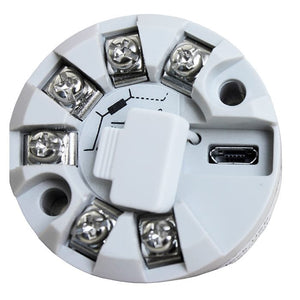
Temperature Transmitter Head Mount Universal Input 4-20mA Output Novus TxBlock-USB
Prix habituel £51.60Prix habituel -
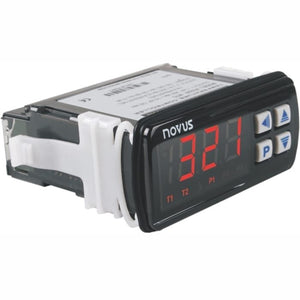
Novus N321 Electronic Thermostat, PT100
Prix habituel £44.40Prix habituel -
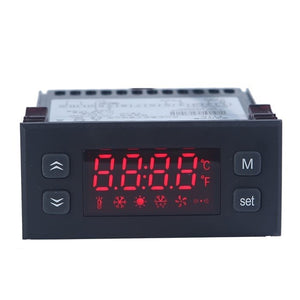

Digital Thermostat 8820 PTC 12Vac
Prix habituel £30.00Prix habituel -


Digital Thermostat 8820 NTC 12Vac
Prix habituel £28.80Prix habituel -


Compression Gland 316 S.ST 3/4"x 8mm BSPP
Prix habituel £21.60Prix habituel -

Type K thermocouple 4mm dia x 40mm
Prix habituel £7.80Prix habituel -
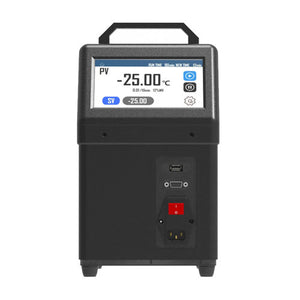

Low Temperature Dry Block/Wet Calibrator(-50℃~140℃)
Prix habituel £5,970.00Prix habituel -

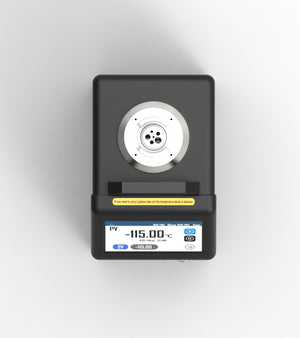
Ultra Low Temperature Dry Block/Wet Calibrator(-115℃~50℃)
Prix habituel £10,080.00Prix habituel -

Thermocouple Sensors- K probes 5 x 50mm
Prix habituel £10.80Prix habituel -
-£2.40

Thermocouple Type J 4 x 40mm 1.5m s.st braided leads
Prix habituel £9.60Prix habituel£12.00-£2.40 Prix soldé £9.60 -

Thermocouple Type J 3/16" x 50mm 610mm s.st braided leads
Prix habituel £6.00Prix habituel -
Épuisé

Thermocouple Type J 1/8" x 33mm 600mm s.st braided leads
Prix habituel £7.20Prix habituel -

Thermocouple Type J 4mm x 200mm 1.5m s.st braided leads
Prix habituel £14.40Prix habituel -


Micromodule ClickNGo addon, 1 Relay Outputs 16A (2 slot)
Prix habituel £25.80Prix habituel
